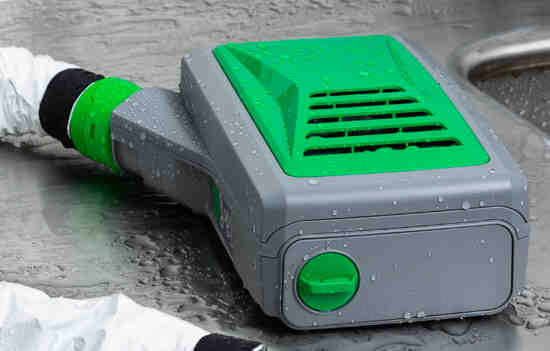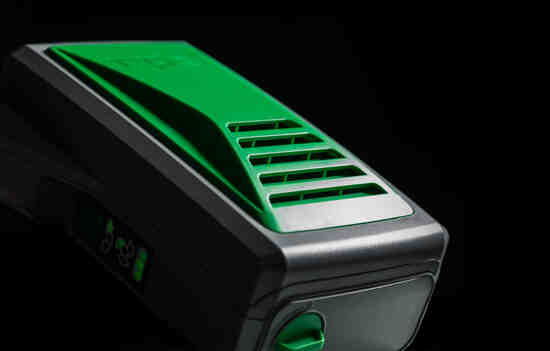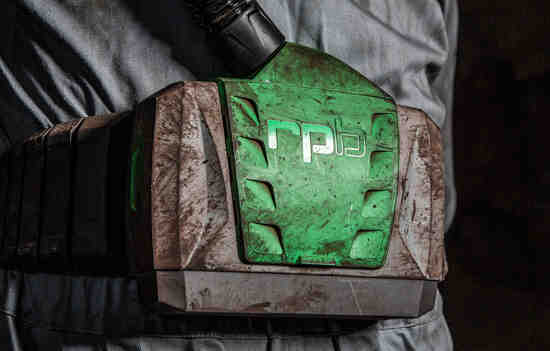
Here we cover what a PAPR is, how they differ to other types of respirators, and the advantages they bring to industrial and healthcare settings.
Back to Articles & Resources View all PAPR (Powered Air Purifying Respirator) content
Our respiratory system comprises of a series of organs that are reliant on one primary organ, our lungs. Their ability to extract oxygen, transfer it into our bloodstream, and release the carbon dioxide is essential for us to survive. Over time we have increased our understanding of our lungs and discovered environmental conditions and behavioral habits can negatively impact their health and ability to function. As our understanding of our respiratory system grows, new technology is developed, and with that we get advancements that help revolutionize our level of respiratory protection.
One of the greatest advancements in respiratory protection has been the powered air purifying respirator (PAPR). A PAPR is a portable battery powered respirator that filters ambient air in the user’s immediate environment, directing the clean, filtered air to either the user's face or mouth via a breathing tube. With the air being pushed into the users breathe zone by a fan, positive pressure is created inside the users headtop/helmet which prevents any unfiltered ambient air entering even though there may not be a complete seal around the user’s face.
What are the differences between PAPRs and other industrial respirators?
The main differences are in the positive vs. negative pressure element, and its filtration capacity and efficiency. Standard respirators such as N95 masks, and half or full-face respirators are negative air pressure which means they rely on the user’s lungs to function drawing oxygen through filter media as they breathe. Because they are negative pressure, they rely on a tight seal on the users face, which prevents contaminants and particulates in the ambient air from entering. Respirators that are negative pressure have a lower APF rating as the lungs cannot draw through the same capacity of ambient air compared to battery powered respirators.
What are the advantages of using a PAPR?
The assigned protection factor (APF) of a PAPR is far greater than that of a negative pressure respirator. These can range from 25-1000, where as an N95 only provides an APF of 10. Having a higher rated APF enables operators to work in hazardous environments without putting their health at risk by exposing their lungs to contaminants and particulates.
Loose-fitting respirators with a PAPR system can also accommodate many safety systems into one, such as eye protection, hearing protection, and welding visors. In addition to this, accessories such as lighting and communication systems can be installed to further give you independence from other systems, combining it all into one.
Positive pressure respirators also help those who suffer from respiratory illness/diseases, such as asthma, because breathing with a PAPR is the same as breathing as you normally would, as opposed to your lungs having to draw air through a filter. This means there is no requirement for a pulmonary function test as part of compliance for your respiratory protection program. Another advantage with the positive pressure and loose-fitting design is they do not require fit testing. This not only is a significant cost saving, but also allows the users to have facial hair, go through weight loss/gain, and wear prescription lens glasses without compromising their safety or compliance.
Application use
PAPRs are versatile and utilized in a diverse range of settings. From industrial sites, welding, painting, and smelting, to healthcare settings with dentists, surgeons, and vets. Their portability, protective capabilities, and ability to be used straight off the shelf without any testing is making them a popular option across multiple industries. As we have seen with the outbreak of COVID-19, respirators have come under excessive demand, making it difficult to source conventional N95s and surgical masks. Because of this, and a genuine need to be better protected from contaminants, people have been utilizing loose-fitting respirators with PAPRs for their respiratory protection in environments not previously seen.
RPB Powered Air Purifying Respirators

RPB PX5 for Healthcare
The PX5 maximizes your level of comfort while removing particulates and pathogens from your breathing air so you can focus on the task at hand.
View Product
RPB PX5 for Industrial
The PX5 changes the way you experience clean filtered air, enabling you to work in hazardous conditions free of respiratory hazards.
View Product
RPB PX4 for Industrial
The PX5 Air is a robust and versatile PAPR that takes care of your breathing and gives you the flexibility to move freely around your jobsite without the restrictions of attached airlines.
View Product